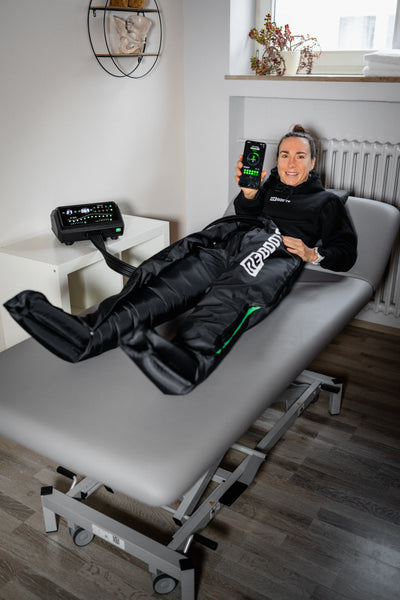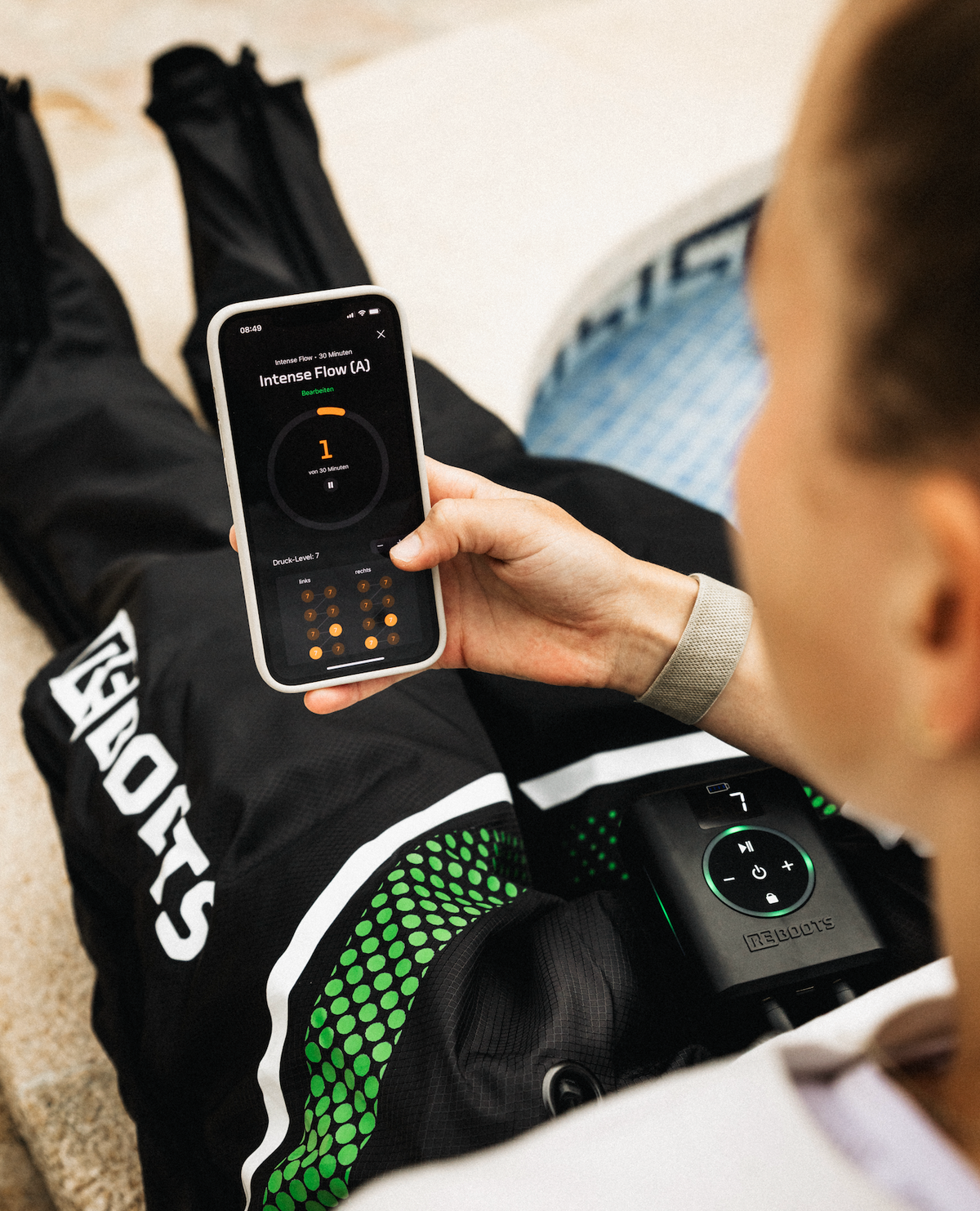Strains are among the most common sports injuries – whether in training, competition, or everyday life. A careless movement, a cold muscle, and suddenly a sharp pull is felt. But what actually happens in the body? And how can the risk be specifically reduced?
Here you will learn how strains occur – and with which simple routines you can sustainably avoid them.
What exactly is a strain?
A strain occurs when muscle fibers are stretched beyond their normal limit—usually due to abrupt, unfamiliar, or overly intense movements. Unlike a muscle fiber tear, no tissue is destroyed, but the muscle responds with a feeling of tension and pain.
Large muscle groups like the thighs, calves, or back are often affected. Typical signs include a pulling pain, limited mobility, and noticeable tightness. While muscle soreness usually appears a few days after training, strains are felt immediately.
Strains are usually the result of several factors
Why can strains occur?
Insufficient warm-up phase
Muscle fatigue
Missing mobility
Overload & technical error
Possible Risk Factors & Typical Triggers
As age increases or training volume rises, muscles become more sensitive. Less collagen, slower cell regeneration, and reduced blood flow cause muscles to adapt more slowly.
Factors like overtraining, inappropriate footwear, or cold weather can also increase the risk. Especially at the start of the outdoor season, many underestimate the importance of warming up and protective clothing.
How to sustainably avoid strains
Strains rarely occur "out of nowhere" – they can usually be prevented with a few targeted habits:
- Targeted warm-up: Dynamic movements optimally prepare muscles and fascia for stress.
- Regular mobility training: Keeps muscles elastic and improves freedom of movement.
- Strength training & balance: Strong, balanced muscles are more resistant to overstretching.
- Conscious recovery: Sufficient sleep, recovery phases, and tools like Recovery Boots ensure recovery between sessions.
- Hydration & nutrition: Water, electrolytes, and nutrient-rich meals support muscle work.
Regular recovery prevents muscular overload.
Regeneration & tools for muscle care
Conclusion: Prevention is better than a break
Strains are not a coincidence, but often the result of a lack of preparation or recovery. With regular warm-up, targeted mobility, and smart regeneration, you can significantly reduce the risk – and train long-term without discomfort.




